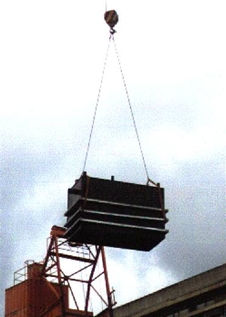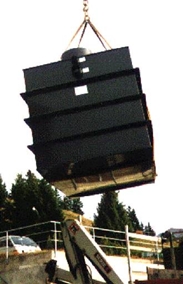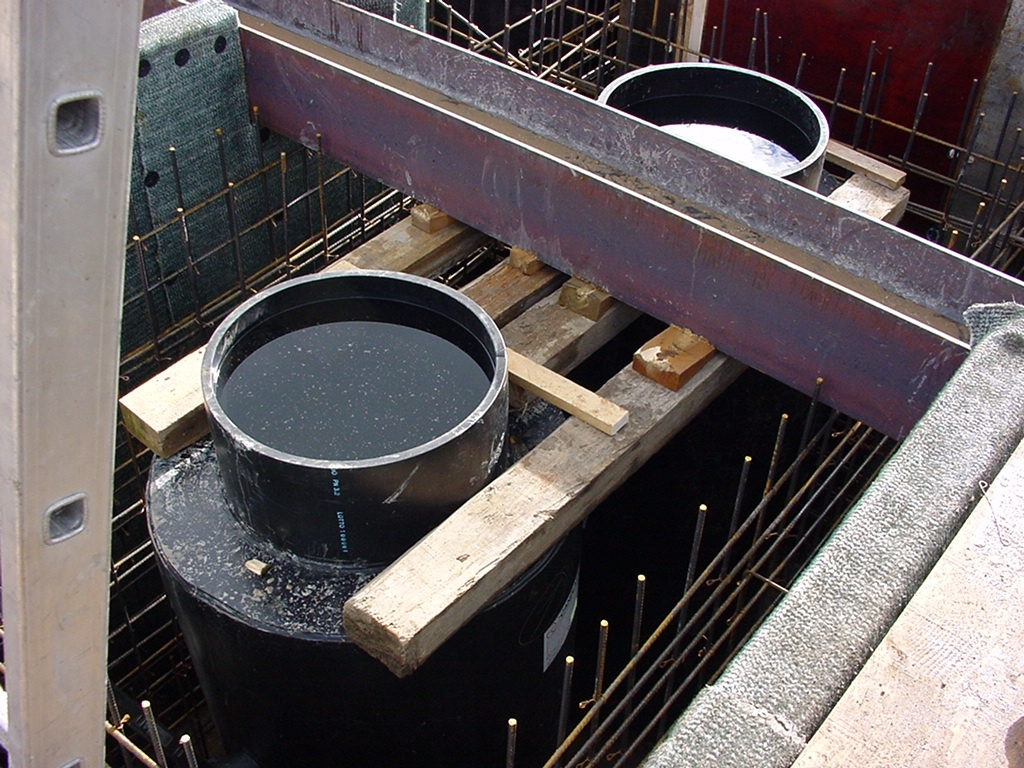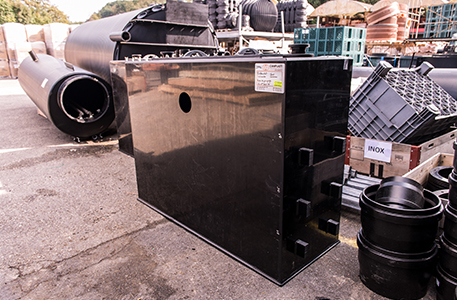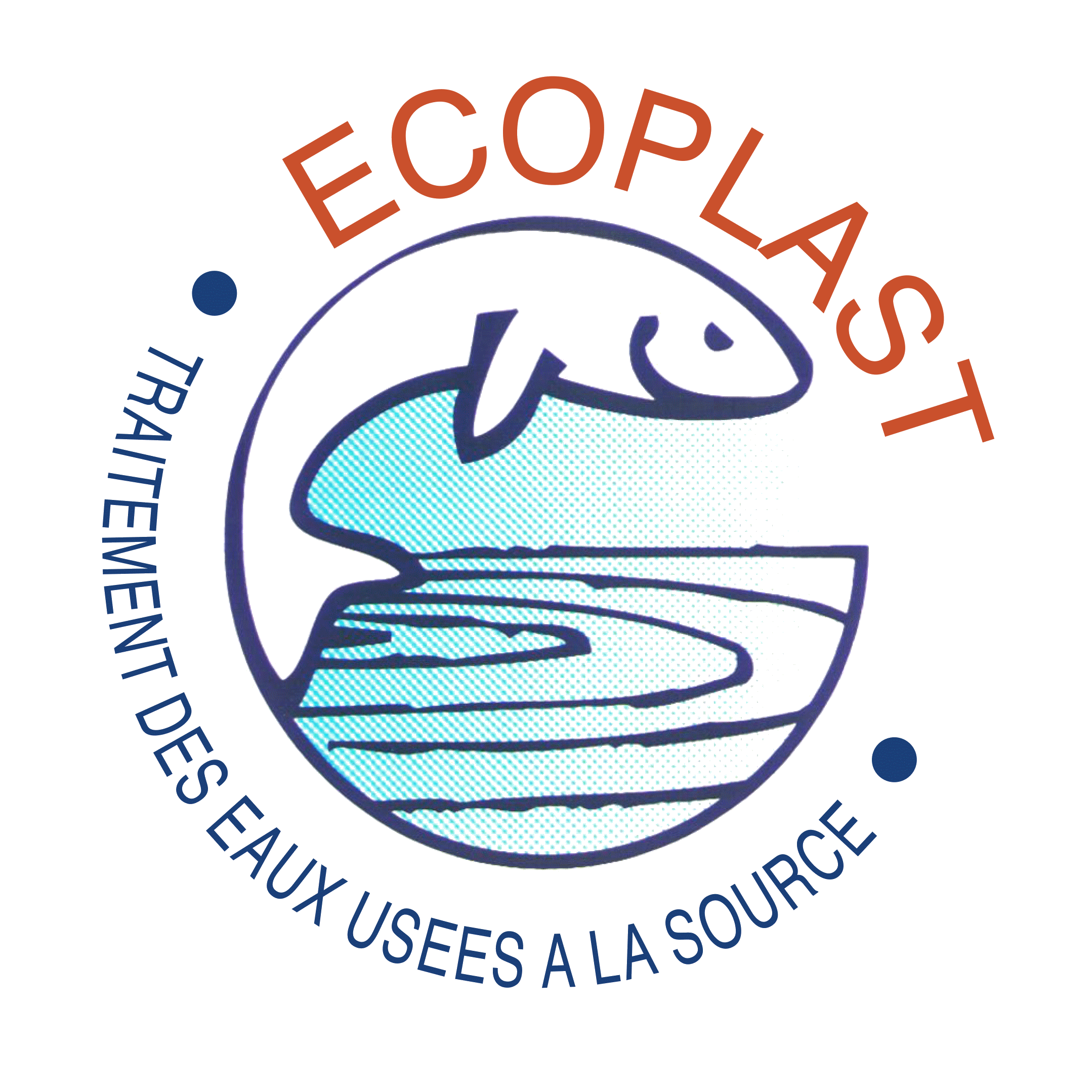

The purpose of the hydrocarbon separator is to retain petrol, fuel oil, oil or lubricants before discharge into the wastewater, in order to ensure the proper functioning of the WWTPs and to avoid risks of damage to the natural environment. Hydrocarbon separators should be installed in garages, bodyshops, service stations, car parks, vehicle storage areas, and industries, in order to prevent any risk of pollution.
Advantages
- Custom-made creations: In the event of site constraints (accessibility, dimensioning, configuration), it is possible to manufacture the separator entirely on site. One simple call and our technicians will intervene to take all the necessary measurements and study the best solution suited to your particular case.
- Ease of installation: Whether it is made of PVC or HDPE, the Ecoplast hydrocarbon separator is easy to handle and install without using lifting equipment, since it is quite light.
- Quality of material: Synthetic materials are very resistant to sewage and gas corrosion effects. Also, the watertightness of the structure is guaranteed, especially in the vicinity of the water table.
- Easy maintenance: The low roughness of the walls reduces the adherence of the fat and facilitates cleaning.
Description
Ecoplast hydrocarbon separators are custom-made, according to flow requirements and site constraints. The materials used are PVC or Polyethylene (PE).
The structures (dump and separator) are generally circular in shape. In certain cases (high flow, site configuration), they will be built in a rectangular version.
Creation
The option involving concrete encasement and cast iron cover is chosen when the separator can be placed outside the building or in the course of major structural work. In this case, it is incorporated under the apron or the building’s foundations.
If the site plans allow it, it is possible to build the separator as a freestanding version. This has the advantage of limiting costs by eliminating the need for earthworks and concreting of the separator.
If the separator has to be placed at a lower level than the wastewater collector, a pumping tank should be installed downstream.
Ecoplast hydrocarbon separators comply with SN 592000 standards and the guidelines of the Association of Water Treatment Professionals (ASPEE).
Maintenance
The separator must be drained periodically. The frequency of intervention is determined according to the workload and in agreement with the company in charge of emptying the tank and the competent local authority. For this purpose, a contract will be established between the operator and a specialised company approved by the Department of public works, planning and transport (DTPAT).
It is advisable to empty the tank at least twice a year.
The company in charge will respect the ordinances on the transport and treatment of special waste. After the tank has been emptied, they will fill up the installation with clear water.
To increase the efficiency of the purification process, Ecoplast offers the possibility of installing a coalescence filter inside the hydrocarbon separator.
